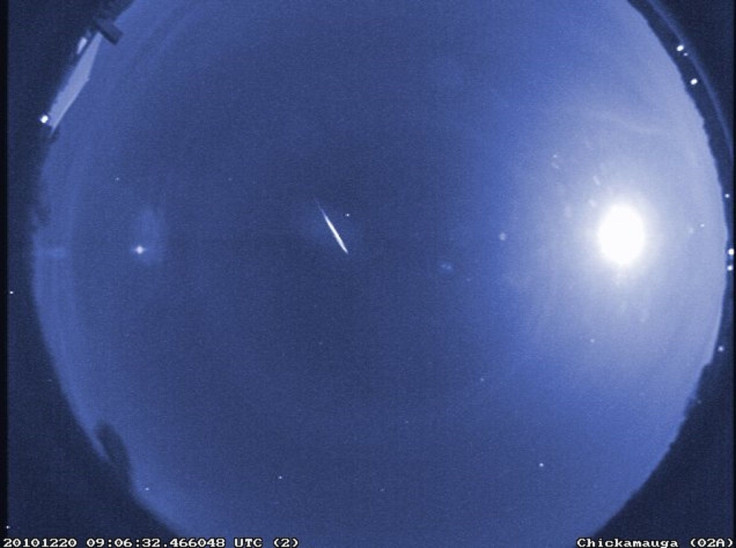First Major Meteor Shower In 2020 Peaks This Week

KEY POINTS
- The Quarantids will peak from late Jan. 3 to predawn Jan. 4
- Quarantids are one of the best annual meteor showers
- The meteor shower will bring fireballs of different colors and brightness
- The name "Quarantids" comes from a now-defunct constellation
The beginning of another decade has come, and what better way to celebrate it than to watch a dazzling light show considered to be one of the best annual meteor showers.
First Meteor Shower Of The 2020s
Typical meteor showers peak for a period of about two days, but the first meteor shower of 2020 and of the 2020s will peak only for a few hours during the late evening of Jan. 3 until the predawn hours of Jan. 4 in North America.
However, as short as the Quadrantids’ peak period might be, those who will choose to stay up for it may be up for a spectacular light show because the quadrantids are known for “fireball” meteors that come in different colors and brightness. These fireballs are also known to persist for longer periods than the average meteor streak.
Within this window of a few hours, the best way to view the light show would be with clear skies away from city lights and the dedication to stay awake. It would also be wise to prepare for cold weather by bringing a sleeping bag or blanket.
Quadrantids
The Quadrantids were first spotted and documented in the 1800s, and unlike most meteor showers that originate from comets, the quadrantids actually originate from an asteroid. However, astronomers believe that its origin asteroid, 2003 EH1, is actually a “dead comet” or a new kind of object that has shed its volatile ice after making trips around the sun for too many times.
The reason that the meteor shower is called quadrantids is that the fireballs appear to be coming from an obsolete constellation called Quadrans Muralis, which was created by French astronomer Jerome Lalande in 1795. However, Quadrans Muralis was bumped off the list of modern constellations in 1922, long after the meteor shower was first observed in 1825, and the name was simply retained because Quadrans Muralis was a constellation for a long enough time to lend its name.
An alternative or perhaps more modern name for the Quadrantids is “Bootids” after the constellation Bootes.
That said, the constellation names given to asteroids are only meant as a basis for viewers to know where to look in the night sky. As for the Quadrantids, Quadrans Muralis was located between the constellations Bootes and Draco before it was removed from the list. But those who will watch out for the quadrantids will not need to worry about searching for it because the Quadrantids will be visible throughout the night sky.
© Copyright IBTimes 2024. All rights reserved.






















